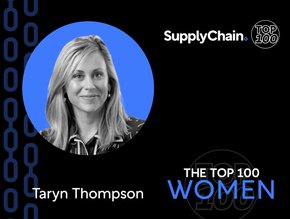Oil transportation causes US Rail Freight boom

Rail freight in the US is booming due to a rise in the transportation of oil, as petroleum exploration companies turn to the railway network to deliver raw materials.
The boom started in January this year, after TransCanada’s $7 billion pipeline proposal was denied, causing a 40 percent rise in rail deliveries in the first half of the year, according to the US Energy Information Administration (EIA).
SEE RECENT STORIES FROM THE WDM CONTENT NETWORK:
- EADS and BAE confirm merger 'discussions'
- North American Freight index rises 8.4%
- Companies collaborate to create GPS Fleet Tracking service
BNSF Railway, owned by Berkshire Hathaway is the biggest mover of crude oil in the US, and posted an increase of 60 percent in carloads of crude oil and petroleum products in the first half of the year, and they are planning to up this even further.
The company recently expanded its capacity to transport 1 million barrels per day of shale oil from the Bakken formation in North Dakota and Montana in 2012, a 25 percent increase from the previous year. According to Reuters, the Texas-based company expects to use a quarter of this capacity in 2012: ‘Still, with 88.9 million barrels of Bakken crude shipped on its rail cars in 2012, it will witness a nearly 7,000% growth since it started shipping by rail five years ago.’
One problem with this set-up is that to ship products by rail costs more, and these costs have to be absorbed somewhere- whether it be by consumers or passed through to companies and refineries as an increased cost. On average, shipping by rail costs an average $10-$15 per barrel across the US, up to three times more expensive than the amount it costs to move oil by pipeline.
Another problem with this could be other demands for railroads, as other sectors of the oil industry such as Hydraulic Fracturing, (an oil drilling technique often referred to as ‘Fracking’) has also created a major new business for railroads, with a massive requirement for sand. This increased demand for water, chemicals and sand is helping to revive many US railroad routes.
- Prologis: the supply chain case for investing in the future of rail freightLogistics
- ATG Rail Group wins contract to deliver 600,000 tonnes of freight to RussiaSustainability
- Kuehne + Nagel expands rail transport service between Asia and EuropeSustainability
- DB Schenker opens terminal of the future in FinlandDigital Supply Chain






